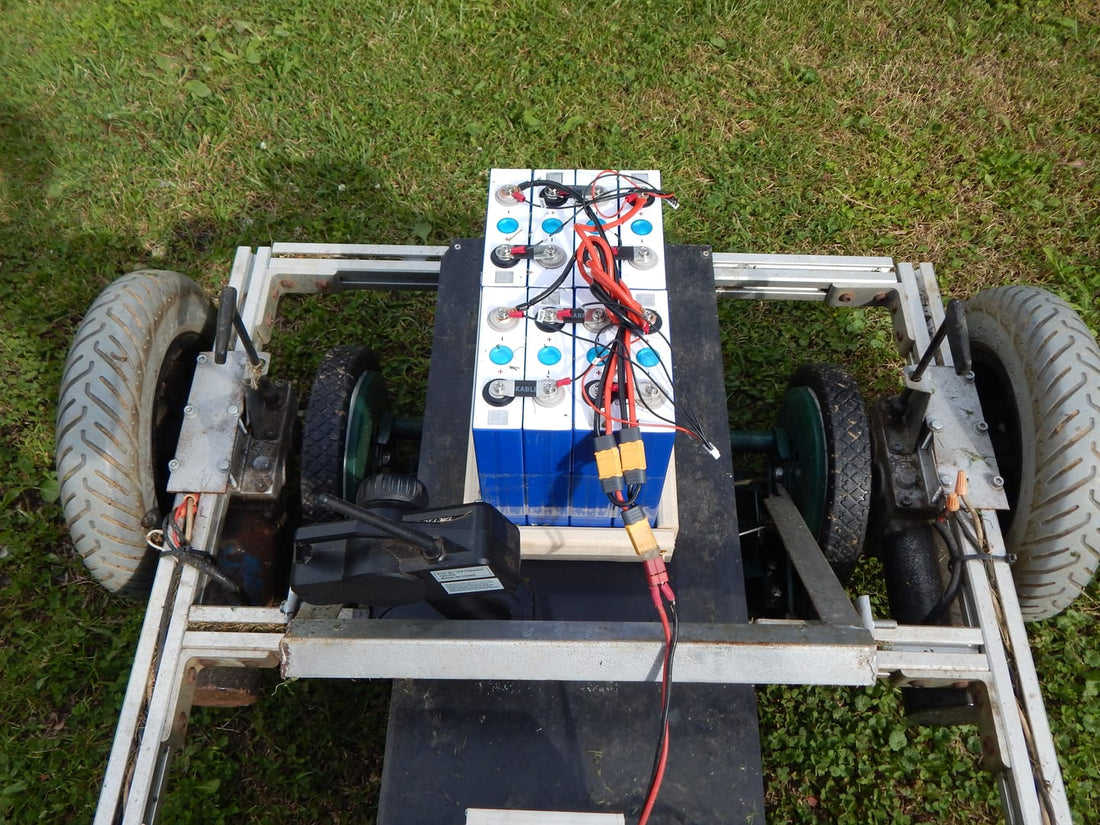
How to Activate Lithium Battery Hibernation?
1. Slow charge activation method
Principle: Using low current charging can give the chemical substances inside the battery enough time to reactivate and react evenly, avoiding the damage that high current charging may cause to the battery.
Operation steps: Connect the lithium battery to a charger that matches its rated voltage, and set the charger's current to a lower level (usually 0.1C - 0.2C, C is the unit of battery capacity, such as the battery capacity is 1000mAh, 0.1C is 100mA). Continue charging for a period of time, which may take several hours or even longer, during which time observe whether the battery voltage rises. When the voltage rises to a certain level (usually about 3V or more), the battery may be activated.2. Pulse charge activation method
Principle: By sending a series of pulse currents to the battery, these pulses can help break the passivation layer that may form on the battery plates, allowing the ions inside the battery to move freely again, thereby activating the battery.
Operation steps: This method usually requires a professional pulse charger. Connect the lithium battery to the pulse charger and set the appropriate pulse parameters, such as pulse width, pulse interval and pulse amplitude, according to the charger's instruction manual. Then turn on the charger for charging. During the process, pay attention to monitoring the changes in battery voltage and temperature.3. Parallel activation method
Principle: Use a lithium battery of the same specifications and sufficient power in parallel with the dormant lithium battery, so that the healthy battery can deliver a certain amount of power to the dormant battery and increase its voltage, thereby activating the dormant battery.
Operation steps: Make sure that the specifications of the two batteries (such as voltage, capacity, etc.) are exactly the same. Connect the positive poles of the two batteries to the positive poles and the negative poles to the negative poles. After the connection, keep them connected for a while, usually after a few hours, check whether the voltage of the dormant battery has returned to normal. However, this method requires attention to the firmness of the connection and the positive and negative poles of the battery to avoid short circuits.
